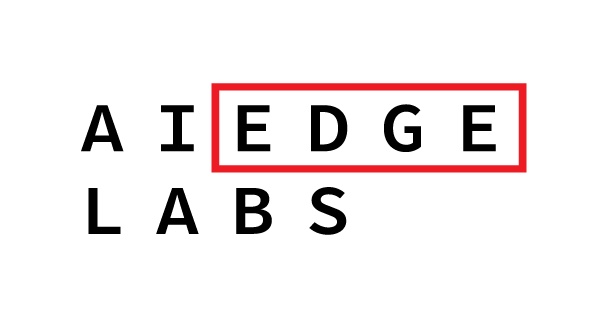Are you looking at an Internet of Things (IoT) deployment in the near future? Perhaps you’ve got a lot of edge devices that are sitting idle and you want to take advantage of that power to do edge computing? Maybe you’re a service provider that has grand plans to get into the MSP market with applications? Where do you start? How can you be sure you solution is secure and ready to grow with you?
We all know that we shouldn’t ask questions when we don’t know the answers. Thankfully, I had the opportunity to talk to a great new company that can answer all of those questions for companies and even more. Launching today, Edgeworx is a company that is focusing on the edge computing market with some great innovations that should set them apart from the rest of the crowd.
I talked to Kilton Hopkins about why he saw the need for a company like Edgeworx. He told me that he spent some time as the IoT advisor for the City of San Francisco. He worked with the city on a great number of projects that were deploying IoT and edge computing and what he saw troubled him. Many of the proposals that were turned in to the city were lacking in security or failed to address the management of the end nodes. Like any good entrepreneur, he saw the opportunity to make a solution that addressed the needs that he saw in a more complete way. When he went to venture capitalist Farah Papaioannou to get an investment into the company she was so impressed with what she saw that she signed up to be one of the co-founders and the President of the company.
Making Magic At The Edge
What’s the secret behind Edgeworx? How does it make the magic that’s needed to secure IoT and edge computing? Well, first you have to understand a couple of the challenges that Kilton and Farah saw in the market.
Companies are already deploying edge computing devices in their organizations. But these devices are usually optimized for things like cost or size. Rarely is security or connectivity addressed. And if connectivity is considered, the common refrain is usually “Just stick it in the cloud”! The problem with the cloud becomes apparent when the edge device is connected to a mobile platform like a delivery van or a police car. When the latency of the cloud is combined with the latency of a platform on wheels, you can see how data transfer can be slowed or even stopped.
Edgeworx is working to fix this by looking at the problem at a basic level. What is similar among all the edge computing devices out there? It’s the hardware. But even that hardware isn’t always the same. If you knew for a fact that a company would deploy the same devices over and over again it would be easy to build an infrastructure that’s easy to support. But, sadly, that isn’t usually the case.
So Edgeworx decided to take the hardware out of the equation. They have developed a “Bring Your Own Edge” (BYOE) design that allows you to take any edge device and run their software on it. How did they manage that? The first part is the development of their ioFog Engine. This operating system allows the Edgeworx software stack to be installed on a huge number of devices. But an operating system alone does not allow an edge computing device to work the way we want it to work.
The second part of the Edgeworx magic comes from their support for microservices. In order to make sure that applications can run on the edge devices properly, Edgeworx brings containers to ioFog. Now, instead of worrying about the capabilities of the edge devices, application developers can write code that runs in a container or as a microservice and put it out there to be consumed by users of ioFog. Edgeworx takes care of making sure that the capabilities of the edge computing device can handle the workload. Now you don’t need to worry about an application swamping the underpowered CPU on an edge router or IoT device. Because the application software is lightweight to begin with, Edgeworx matches the software the capabilities of the device.
The third part of Edgeworx focuses on connectivity. Instead of relying on cloud connectivity and leaving it at that, Edgeworx has built a mesh network that resembles the advances made in software defined WAN (SD-WAN) technology over the past few years. Instead of trying to use NAT or some kind of clunky VPN setup for each device, Edgeworx uses a form of certificate-based micro VPN to mesh every device to the other devices in the network for secure, pervasive connectivity. And those other devices are also acting as security endpoints as well at the same time. Each device that an Edgeworx node connects to does a validity check against the node. Is is running the right boot loader? The right binaries? Is the microservices software on the device authorized and running correctly? If any of these validity checks fail the Edgeworx network can exclude the device until it is remediated.
Bringing It All Together
I can see a huge market for Edgeworx and ioFog. There are a lot of potential markets out there for smarter, more robust edge devices. Edgeworx is already talking to a number of telcos and service providers about putting turnkey applications out on the edge to be enabled and have on-premises services ready to sell to their customers. I also envision some use for more secure applications like emergency vehicles or military applications. The variety of uses for such a rich platform are practically endless. Thanks to the vision of Kilton Hopkins and Farah Papaioannou there is a new solution with Edgeworx that we can rely on for a lot of great ideas going forward.
For more information about Edgeworx and ioFog, be sure to visit http://edgeworx.io.




